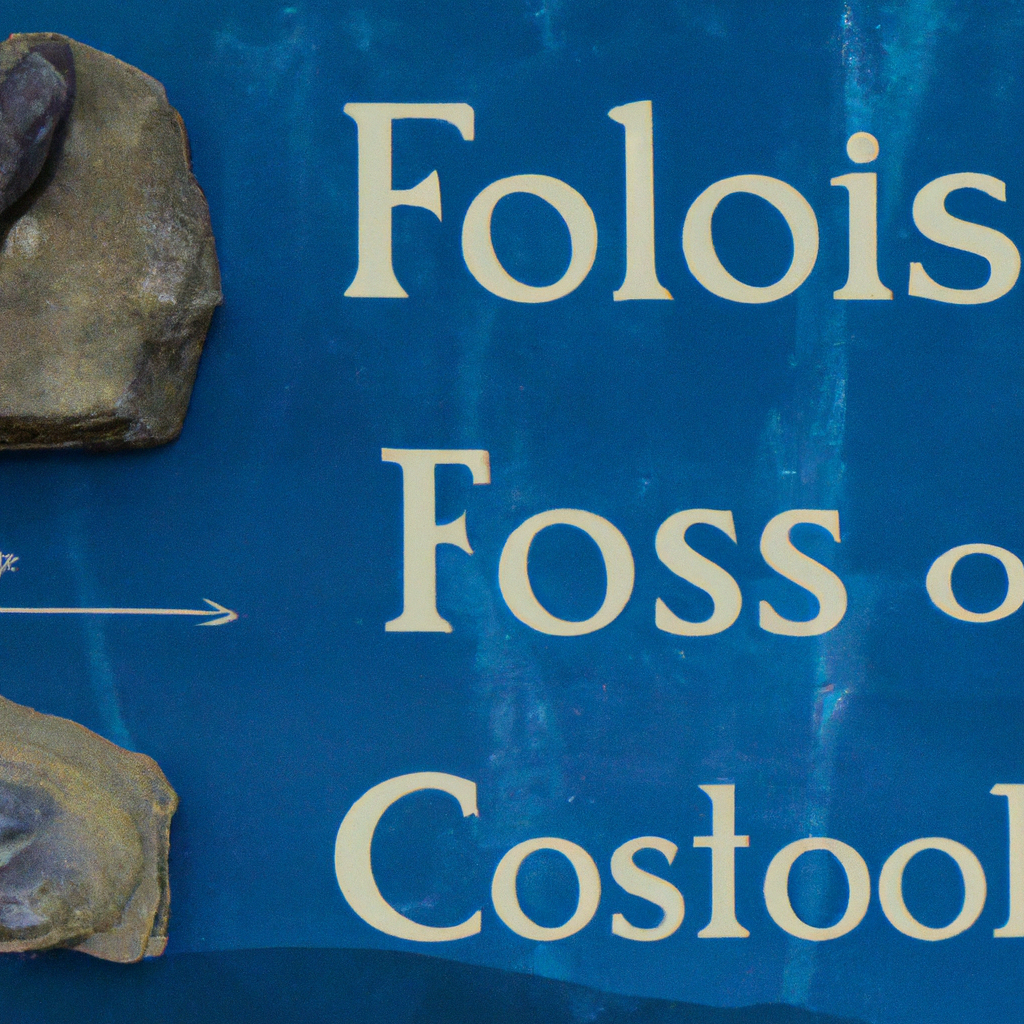Fossils are the remains or traces of ancient organisms that lived millions of years ago. They are significant in the fields of biology, geology, and paleontology as they provide valuable insights into the evolution of life on Earth. But how are fossils dated? Fossil dating methods are based on two techniques: relative dating and absolute dating. In this article, we will delve into these methods and explore how scientists determine the age of fossils.
Relative Dating
Relative dating is a technique used to determine the age of fossils based on their position in the geological time scale. It relies on the principle of superposition, which states that in undisturbed rock layers, the oldest layers are at the bottom, and the youngest layers are at the top. By examining the layers of rock surrounding a fossil, scientists can estimate its age relative to other fossils in the same layer.
Relative dating is also based on the principle of cross-cutting relationships, which states that geological features that cut across other rocks must be younger than the rocks they cut across. For example, if a layer of rock is cut by a fault, the fault must be younger than the rock layer it cuts through.
Absolute Dating
Absolute dating is a more precise method of determining the age of fossils. It relies on the decay of radioactive isotopes to calculate the age of rocks and fossils. Radioactive isotopes are unstable elements that decay at a constant rate, known as their half-life. By measuring the amount of decay in a fossil, scientists can determine its age with great accuracy.
There are several methods of absolute dating, including radiocarbon dating, potassium-argon dating, and uranium-lead dating. Each method is based on the decay of a different radioactive isotope. For example, radiocarbon dating is used to date fossils that are up to 50,000 years old. It relies on the decay of carbon-14, which has a half-life of 5,700 years.
Geological Time Scale
The geological time scale is the framework used by scientists to divide Earth’s history into different periods and epochs. It is based on the relative dating of rocks and fossils and provides a timeline for the evolution of life on Earth. The time scale is divided into four eons: the Hadean, Archean, Proterozoic, and Phanerozoic. The Phanerozoic eon is further divided into three eras: the Paleozoic, Mesozoic, and Cenozoic. Each era is then divided into periods and epochs.
Carbon Dating
Carbon dating is a type of absolute dating that is used to date organic materials, such as bones, shells, and plant remains. It relies on the decay of carbon-14, which is produced in the upper atmosphere and absorbed by living organisms. When an organism dies, the carbon-14 begins to decay at a constant rate. By measuring the amount of carbon-14 remaining in a fossil, scientists can determine its age.
Paleontology
Paleontology is the study of fossils and the history of life on Earth. It combines biology, geology, and other disciplines to understand the evolution of life on our planet. Paleontologists use fossil dating methods to reconstruct the history of life on Earth and to understand how organisms have adapted to changing environments over time.
Geochronology
Geochronology is the science of dating rocks and fossils using absolute dating methods. It involves the study of radioactive isotopes and their decay products to determine the age of rocks and fossils. Geochronology is an important tool for understanding the evolution of life on Earth and the geological processes that have shaped our planet over time.
In conclusion, fossil dating methods are essential tools for understanding the history of life on Earth. Relative dating provides a rough estimate of a fossil’s age based on its position in the geological time scale, while absolute dating uses the decay of radioactive isotopes to calculate its age with great precision. By combining these methods, scientists can reconstruct the evolutionary history of life on our planet and gain valuable insights into the processes that have shaped our world.







